Welcome to the Turkana Basin Institute Field School blog. We will post weekly updates of students’ adventures and will also discuss what we are all learning along the way. There are 5 modules over the next 10 weeks- Ecology, Paleontology, Geology, Human Evolution, and Archaeology. Please share with others that might be interested. In addition, check out the TBI Origins Field School video on our website at http://www.kenyastudyabroad.org/.
Let’s begin….
Spring 2016 Origins Field School students’ have started their studies at Mpala Research Centre located in central Kenya, Laikipea county. Here are a few pictures of camp where we have 3 hot meals a day, laundry service, hot showers, and tea time with cake! On top of it all we get to see African wildlife!
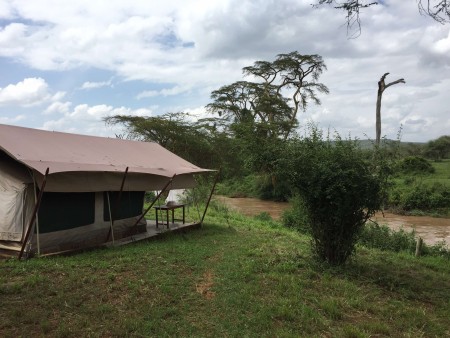
One of the tents we are staying in at River Camp (note: there is an electric fence that surrounds the camp).
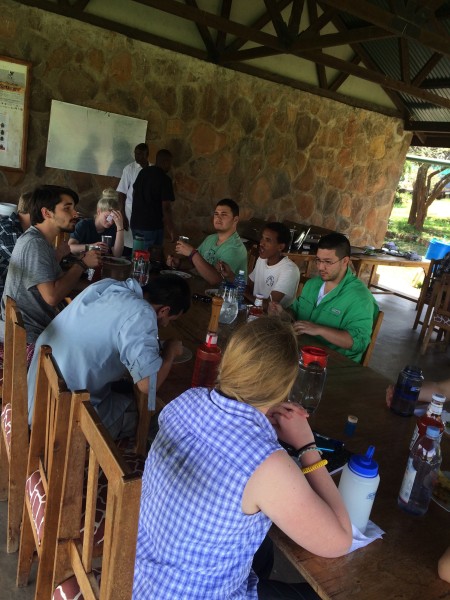
Lunch time
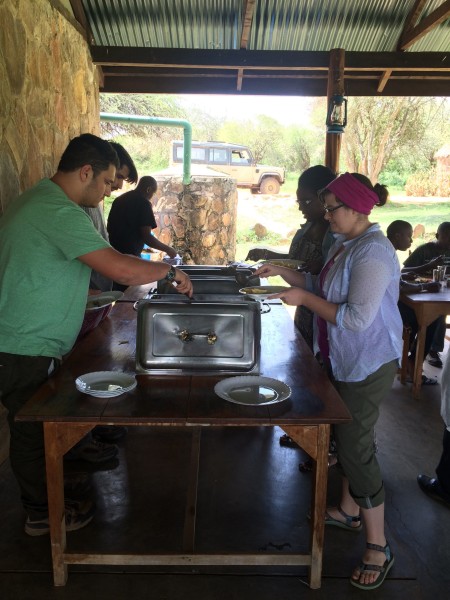
Today’s menu- stewed beef, chips (fries), salad, and fruit for dessert.
On Friday, students began their studies for the Ecology module instructed by Kenyan entomologist/evolutionary ecologist/conservationist/naturalist and more, Dr. Dino Martins. Dr. Martins is also director of the Mpala Research Centre and had recently won the prestigious Whitley Gold Award in for his role in insect conservation in Kenya.
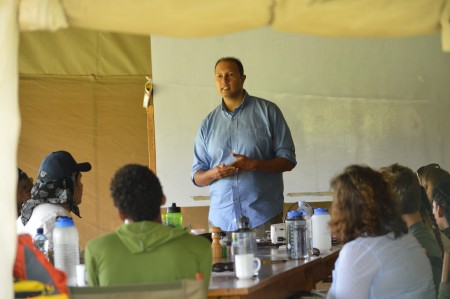
Dr. Dino Martins introducing the students to the Ecology course. Photo by Martha N. Mutiso
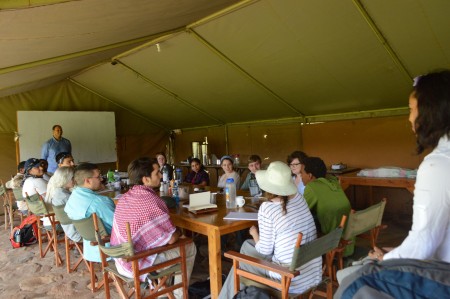
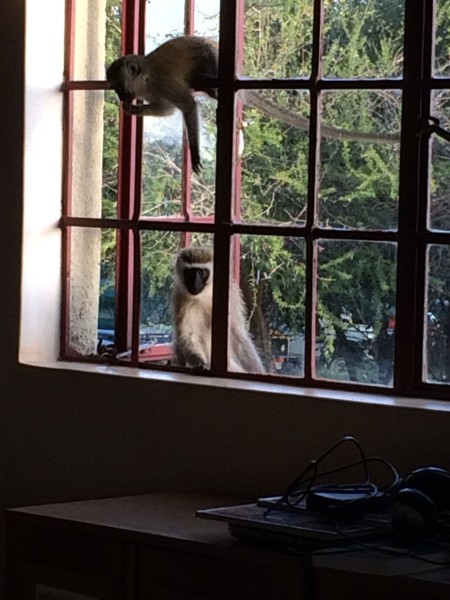
Vervet monkey wanting to come into the library.
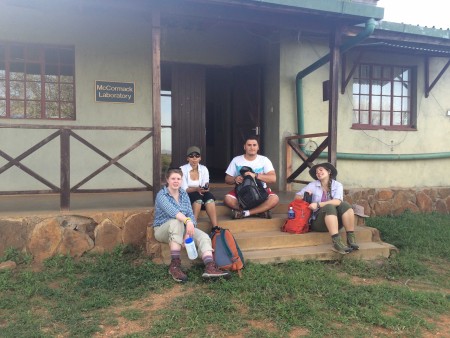
Hanging out after class.
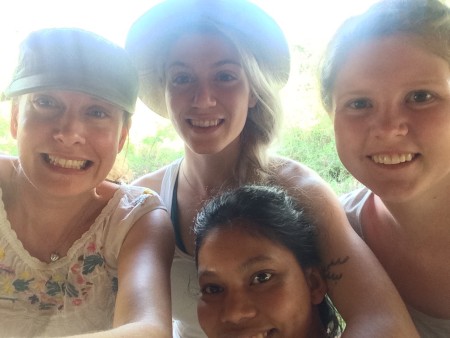
Milena, Kait, Maddie, and Adriadne.
Our lesson began with examining the migration of butterflies and collecting data over the next few days. That will discussed more in the next blog. Because we were still so jet lagged, Dr. Martins thought it would be nice to get some physical activity and go for a walk.
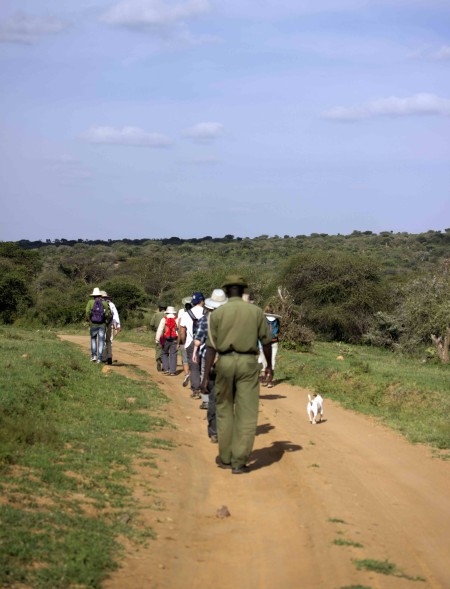
Short walk with security and our our mascot, barabara. Photo by Martha N. Mutiso.
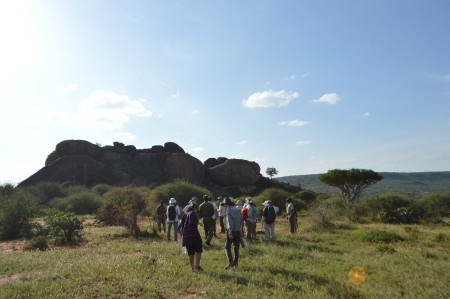
to the hill we go! Photo by Martha N. Mutiso
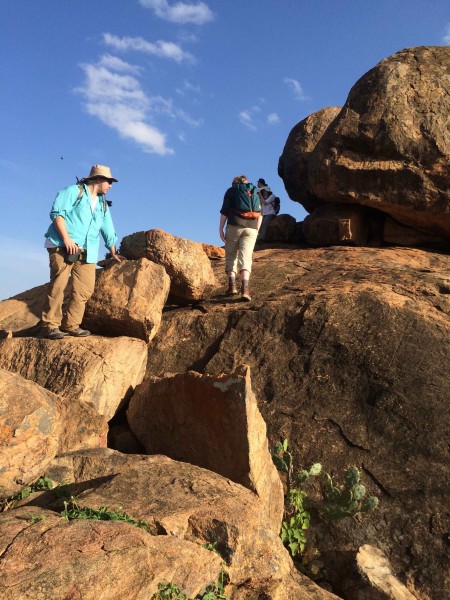
Moving up to find the best view.
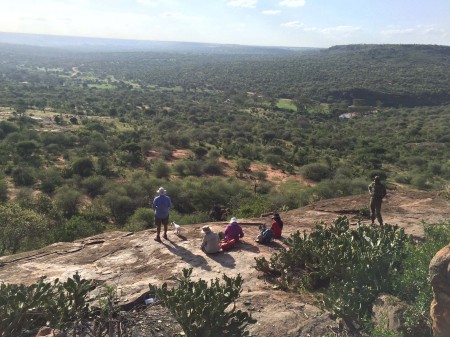
View from the top.
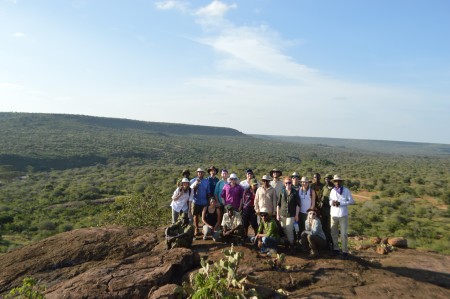
Group pic at the top. Photo taken by Martha N. Mutiso
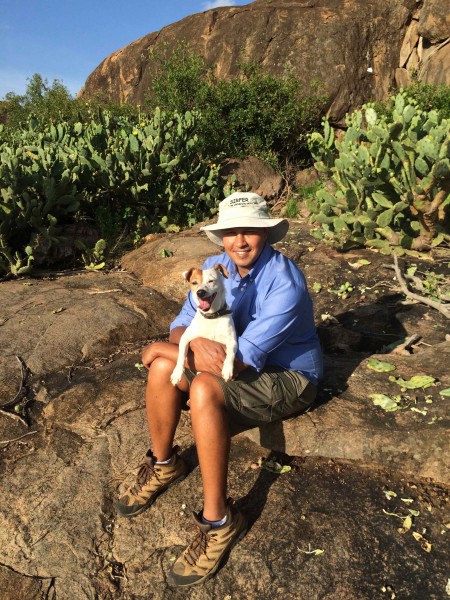
Dr. Dino Martins and our new mascot, barabara. Note the invasive prickly pear cacti that was unfortunately introduced to the area years ago.
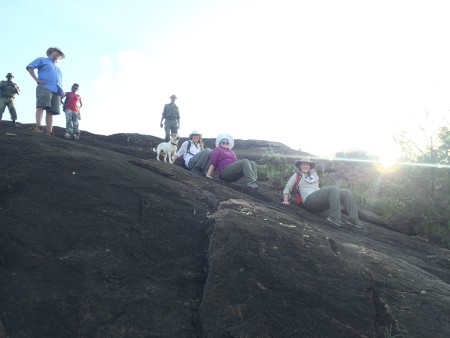
crab walk to get back down.
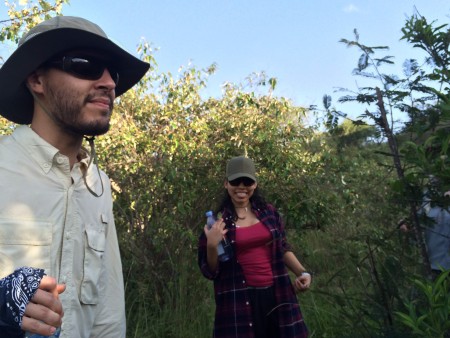
avoiding the acacia thorns
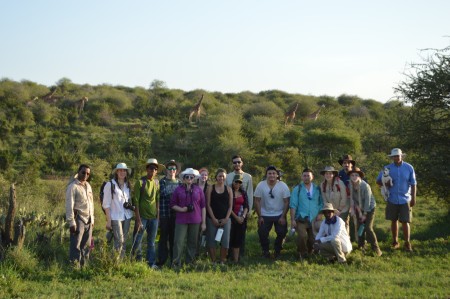
On our walk back to camp, we stopped to watch the giraffes. Photo by Martha N. Mutiso.
We took Saturday and Sunday off to sleep-in, get over our jet lag, attempt to acclimatize, and to shop in nearby Nanyuki town.
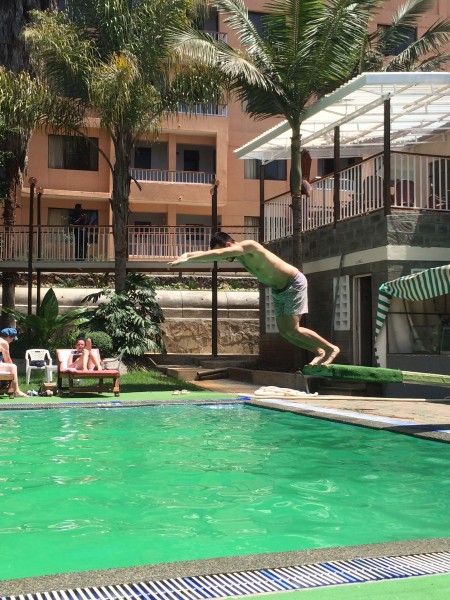
Ryan jumping off the diving board at a hotel pool we visited in town….last time we would be around such luxuries!
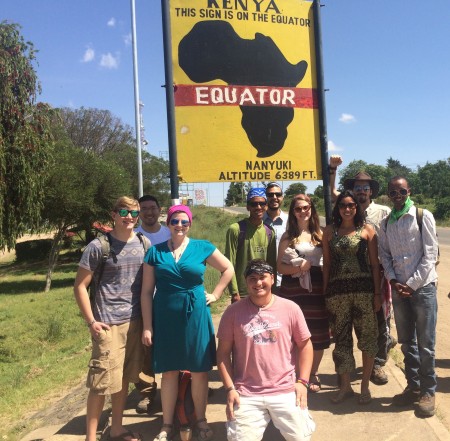
Tourist photo at the Equator Sign in Nanyuki town.
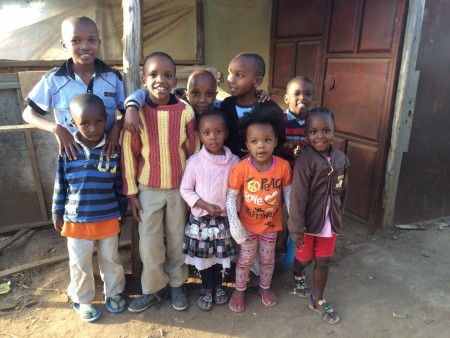
Local kids at the nearby shop loved having their pictures taken.
Although we see a lot of animals everyday at Mpala Ranch, seeing them never gets old! There were so many out before sundown on our way back to camp. Here are some animal pics from Mpala Ranch in our first few days.
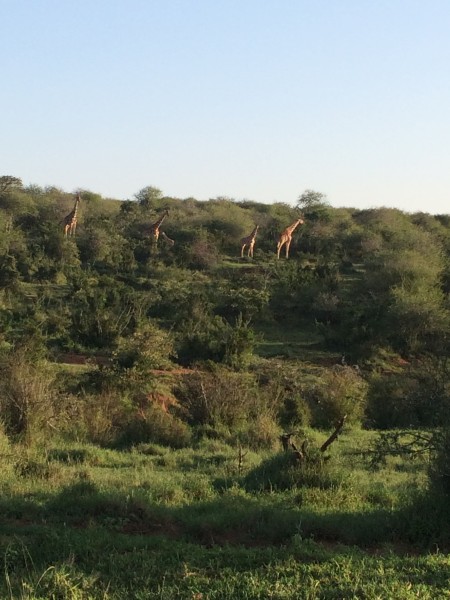
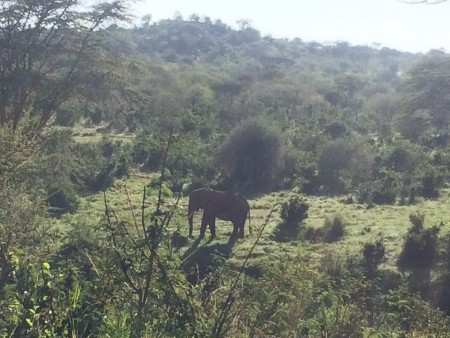
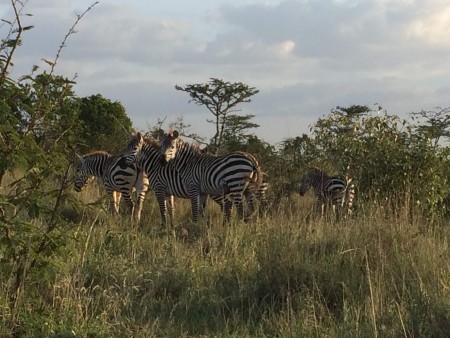
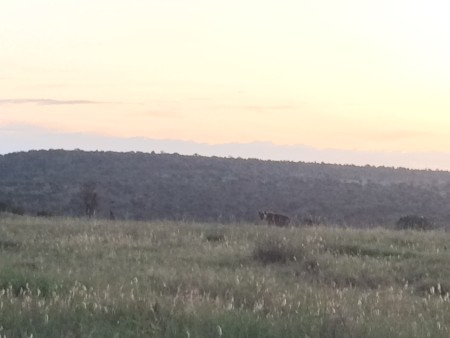
Can you spot the hyena?
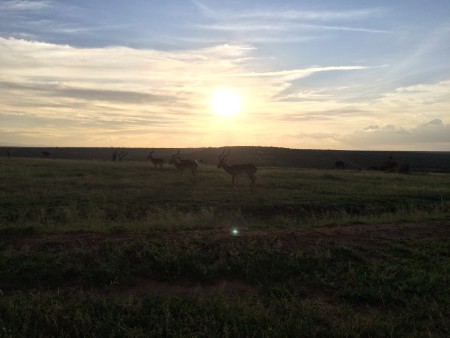
Impalas grazing near sunset
Stay tuned for more….





